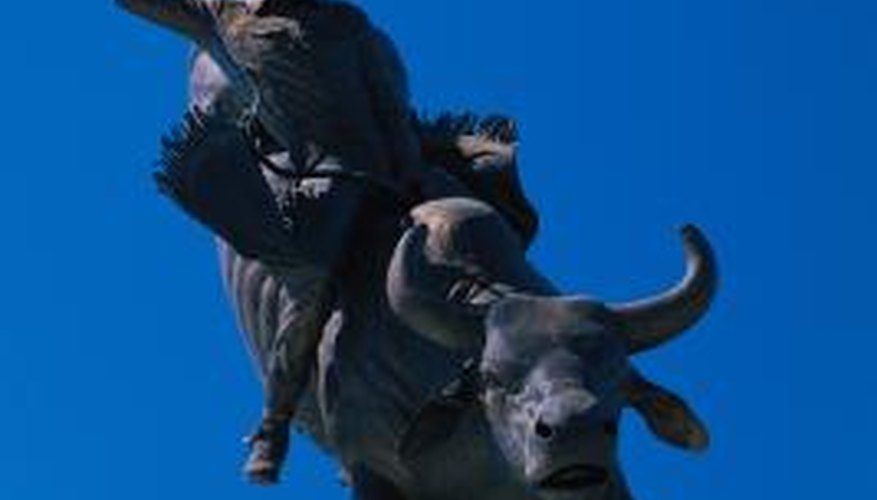Bull riders have long used a bull barrel to simulate the actions of a bucking bull for practice. With the explosive growth of the sport, several manufacturers now offer practice barrels for sale but at an average of £650. For many competitors, building their own barrel is a more cost-effective solution, granting them the freedom to design the barrel to suit their needs, and the ability to practice even without assistance. Though many styles are available, a barrel designed on three car springs attached to a hub most closely resembles all the elements on which a real bull will test the cowboy, according to Allan Jordan, a former bull rider and teacher with Leffew Bull Riding Schools.
- Bull riders have long used a bull barrel to simulate the actions of a bucking bull for practice.
- Though many styles are available, a barrel designed on three car springs attached to a hub most closely resembles all the elements on which a real bull will test the cowboy, according to Allan Jordan, a former bull rider and teacher with Leffew Bull Riding Schools.
Build a frame for your practice barrel. Weld the channel iron into a 4-foot-by-6-foot rectangular frame. Weld two cross braces into the middle, leaving just the width of the car hub between the braces.
Weld the car hub to the frame, centring the hub in the middle of the frame between the cross braces. While the lug bolts on the hub can be placed up or down, it is easiest to place the hub with the bolts down.
Attach the three car springs to the hub in a triangular pattern using three of the U bolts. Be sure to place two springs toward the back of the frame and one toward the front. When the bucking barrel is finished, this will simulate the kicking action of a bull with his hind feet as well as the dropping action of the front end.
Again using the U bolts, bolt the springs to a piece of channel iron that has been cut just big enough to cover the springs.
- Weld the car hub to the frame, centring the hub in the middle of the frame between the cross braces.
- Again using the U bolts, bolt the springs to a piece of channel iron that has been cut just big enough to cover the springs.
Weld the barrel to the channel iron, centring its weight over the three springs.
Place the bull rope around the centre of the barrel and begin practice. The barrel will begin to move with the rider, allowing the rider to practice without assistance. While the springs will simulate the kicking and dropping action of the bull, the hub will turn with the rider's movements, simulating a final element of bull motion: spin.
TIP
To create out-of-line motion for the barrel, attach chains with turnbuckles to each corner of the barrel and adjust them at different lengths. This will limit the motion in one direction or another and create more jerk to the movements.
WARNING
Car springs can be found at salvage yards but need to be inspected before use. Try to ensure equal length and wear on the springs to keep the motion of the barrel more balanced.
